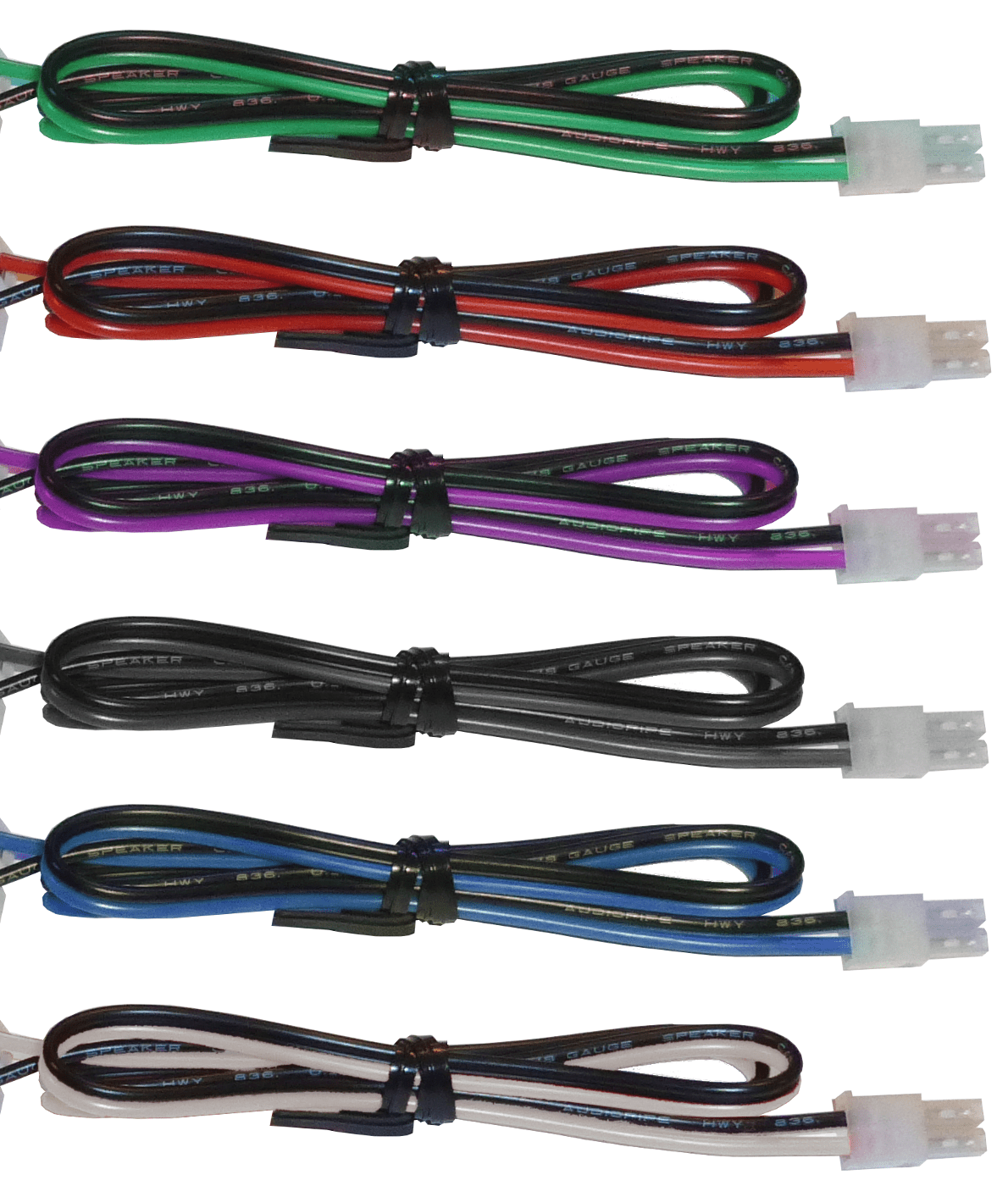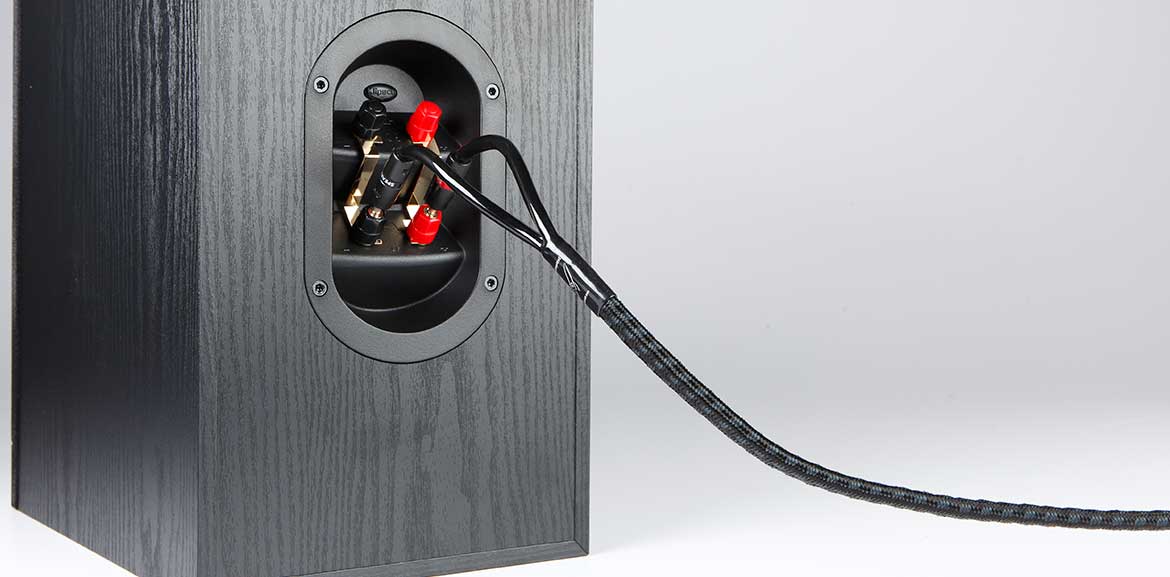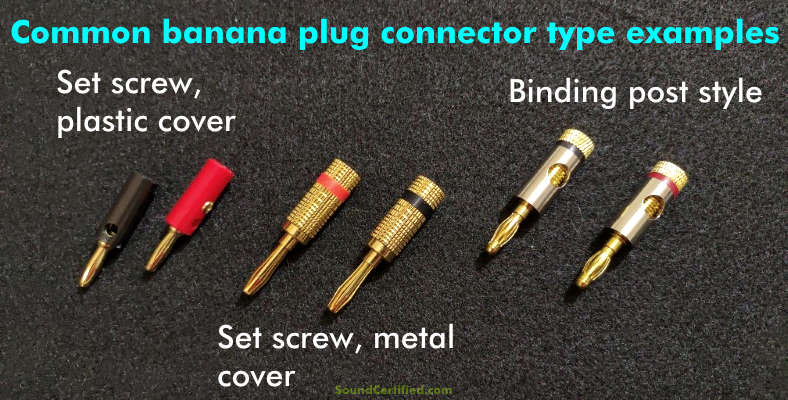

To ensure that your audio equipment is correctly in-phase, locate and match the right polarities (positive and negative) on the cables and connections. Then, using the second wire, repeat the procedure.Ĭonnectors can be attached to your speaker cable now that it has been forked and exposed ends are present.Gently twist the copper wire between your thumb and fingers so that all of the strands remain connected.Be cautious not to inadvertently cut through the copper below while you do so. To reveal the bare wire, use a wire stripper to remove the cut portion of the jacket.Make a tight clamping motion with a wire stripper to sever the jacket/insulation, and then spin the tool around the wire to ensure a clean cut is made.You should use a wire stripper that is labeled with various cutting sizes if your cable has varied diameters. Set the wire stripper’s cutting edge approximately half an inch up from the end of a single wire.As a result, you’ll have plenty of space to work. Allow a distance of approximately two inches between the positive and negative wires (terminals).Make a clean cut at the speaker cable’s end to eliminate any exposed copper wire.The following are the stages of getting ready: Before going on to the next end of the speaker wire, make sure you start and complete each one (i.e., attach the connectors). A pair of scissors or a tiny knife can be used in place of the strippers, however real strippers are strongly advised for safety reasons. To prepare the speaker wires for the connections, grab a set of wire/cable strippers.
#Speaker wire connector types how to
How To Connect/Hook Up Speakers To TV | 13 Methods Preparing Speaker Wires for Connectors The people you want to impress are the ones that are interested about your plans. Unfortunately, there are certain speaker and amplifier backsides that don’t seem all that appealing. When you link your equipment together using speaker wire, it seems more orderly, sophisticated, and well-kept. Your stereo speakers will get the best sound if the tips are correctly placed. Speaker wire connectors simplify audio cords in more ways than one. In contrast, speaker wire connectors protect the exposed wires by housing and shielding them, making audio hookups a lot simpler.ĭo check out How to wire a 4 channel amp to 6 speakers also. The wire must be re-straightened and the process must be restarted if you miss and mush/fray it. The strands of bare wire should be twisted together before they can be inserted into a spring clip or binding post. Speaker wire connectors make it simple to connect and detach speakers from receivers and amplifiers. Multi-channel home audio systems rely on speaker wire connections to function properly. It is unnecessary to check, worry, or second-guess when colored connections are used. If you’re still unsure, swap out the speaker wires and see if it helps.

Not all speaker wires are made with two-tone insulation or have positive and negative ends that are readily identified (e.g., text, dashed lines, or stripes). Why Should You Use Speaker Wire Connectors?Ĭables for speakers do not include polarity indicators as speaker terminals do (red for positive, black for negative). You don’t have to be a technical to perform anything properly if you understand the basics. In addition, we demonstrate how to successfully connect speaker cable. We’ll answer these questions and point you in the direction of the speaker cable that, in terms of quality and efficiency, optimally transmits the audio data from the amplifier or AV receiver to the speaker. When choosing speaker cables for your home cinema system, there are many factors to consider.

The majority of speakers do not come with a speaker wire.


 0 kommentar(er)
0 kommentar(er)
